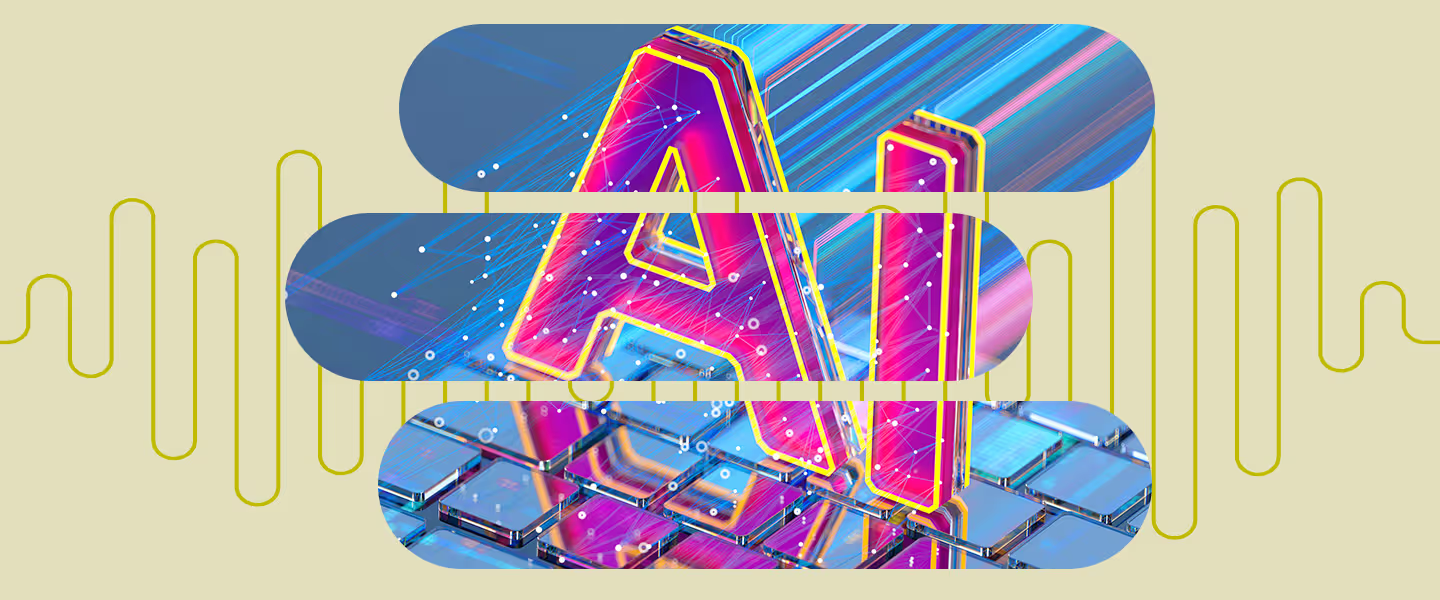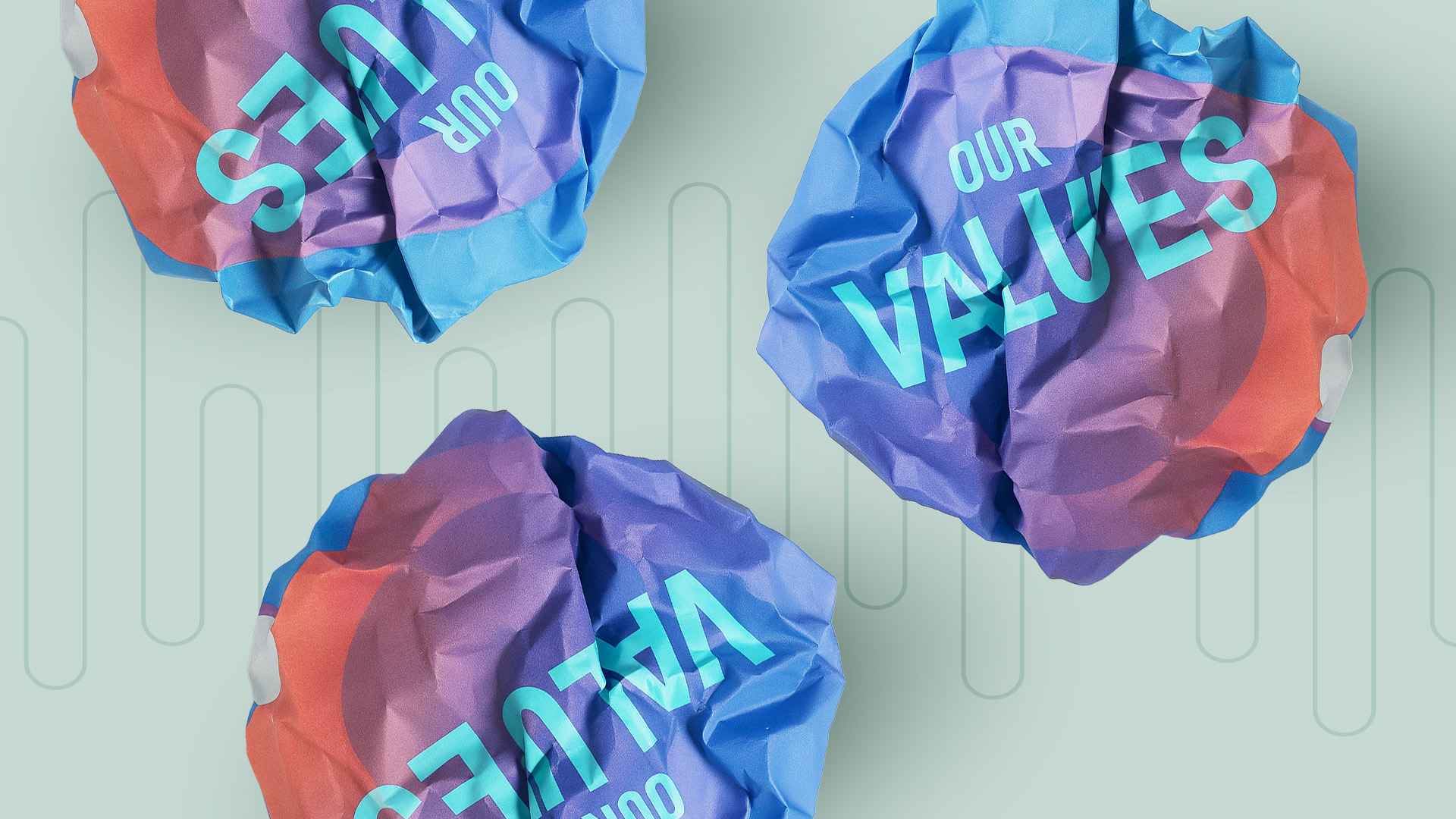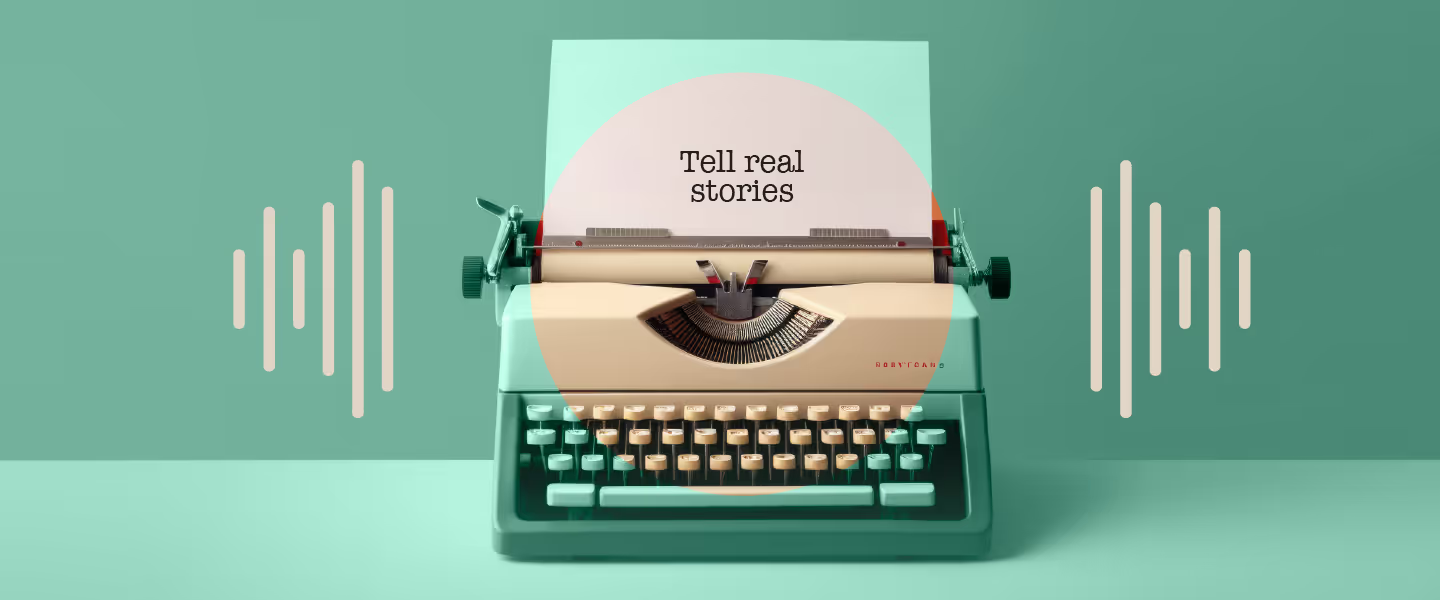
Let's be real - if you're in HR or internal comms right now, you're probably drowning. Budgets? Slashed. Headcount? Frozen. Expectations from leadership? Through the roof!
Enter AI - the buzzword that's now impossible to escape. It dominates industry conferences, floods our socials, takes center stage in planning meetings, and pops up in everyday workplace chats.
But while it’s fun to speculate about what AI’s impact could and should be in the future, real HR teams are just trying to make it through the day! With that in mind, we're skipping past sci-fi hypothesis to share how we’re using and seeing other teams benefit from AI today.
AI in action: What’s actually working
We've been testing AI in the real world, and here's where it's saving our sanity:
- Enhancing the employee journey: The typical hiring process is a mess of disconnected touchpoints. AI ties them together, automating the boring stuff while keeping the human moments that matter. Instead of drowning new hires in information, AI delivers what they need, when they need it - turning the firehose into a water fountain.
- Benefits communication that drives utilization: Most companies blast benefits information once a year, during open enrollment, then go silent for the rest of the year. AI can help keep the conversation going, delivering the right details at the right time—like when an employee moves, has a baby, or just needs a reminder. More relevance means better utilization. This layered approach boosts awareness, understanding, and ultimately, utilization of your benefits investment.
- NudgeTech for behavior change: As we explored in our recent article on Workforce NudgeTech, combining AI with behavioral science creates powerful, non-intrusive ways to encourage positive behaviors. Instead of mandates, AI-powered NudgeTech delivers personalized prompts when they're most likely to be effective - whether it’s finishing training, taking a wellbeing break, or making fairer decisions. No nagging, just smart nudges. The result? Better outcomes without sacrificing employee autonomy.
- Quality over quantity: Let's talk brain science for a minute. Our brains aren’t built for today’s information overload. AI can crank out content fast, but that doesn’t mean we need more of it. Our brains still process information at a limited rate. That's why nobody is lying awake thinking, "If only I had MORE company updates to read!" The best use? Cutting through the noise so employees get what actually matters. AI figures out when, where and what makes employees actually engage and adjusts accordingly.
Getting started… without having an existential crisis
Just think about how far we've come already. It was only 12 months ago that we were all in that awkward early phase with AI … when buzzword bingo was at its peak and corporate content was full of "synergistically leveraged cross-functional paradigms".
Thankfully, we're past that phase now.
We've gotten over the novelty and are starting to harness AI's real power. It's less about getting computers to mimic corporate jargon and more about using them to make our work more human, more relevant, and more impactful.
Here's a simple roadmap:
- Find the real pain points: Identify the repetitive tasks that drain your time and energy. Start there.
- Speak leadership’s love language: Frame AI as helping their priorities, not just making your life easier. "This will help us achieve your strategic vision" sounds better than "This means I can leave on time on Fridays."
- Check what you already use: That pricey HR system probably has AI tools you’re not using. The vendor would love to show you—they've been trying to schedule that demo for months!
- Clean up your data: AI is only as good as the information you feed it. Invest time in organizing your data properly.
- Start tiny, then brag about wins: Launch something small that can't possibly fail, then market those wins shamelessly.
The human touch still matters
Here's what keeps me up at night: We're bombarding people with more information than any human brain evolved to handle. Our ancestors dealt with about 5 important pieces of information daily ("Bear spotted nearby" was probably the most urgent notification). Today's employees process hundreds before lunch.
“The best communicators don’t create more—they know when to shut up and listen. AI should help us say less but better.”
You bring what AI never will: the nuance, the unspoken context, the gut feeling about what works. You know how finance gets twitchy about certain words, or how that one VP always needs extra context, or even how the warehouse crew prefers straight talk over corporate speak. Thats your superpower.
The bottom line
Don’t let the idea of incorporating AI into your workflow intimidate you. AI isn’t here to replace you—it’s here to elevate your ideas and handle the grunt work so you can focus on what really matters: strategy, creativity, and bringing the humanity to the work.
To find out more about how we’ve done this for others – and how we can bring it to life for your organisation, get in touch.
More insights





